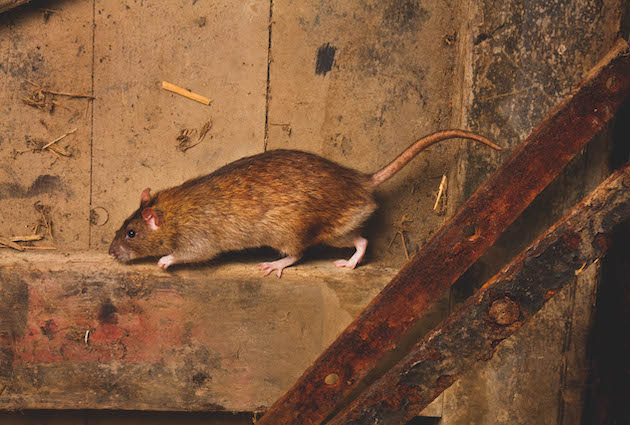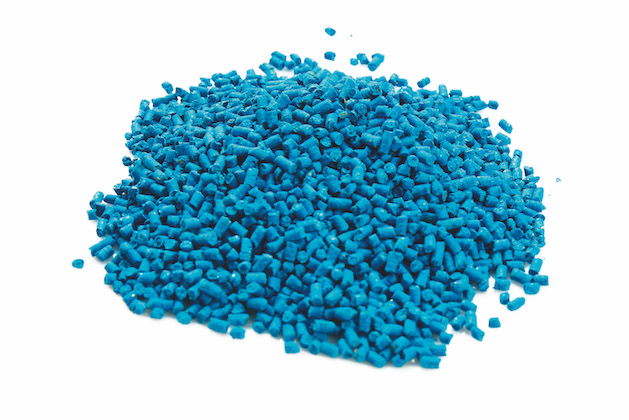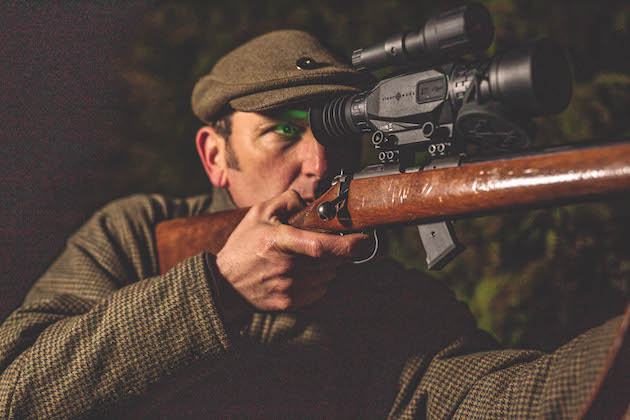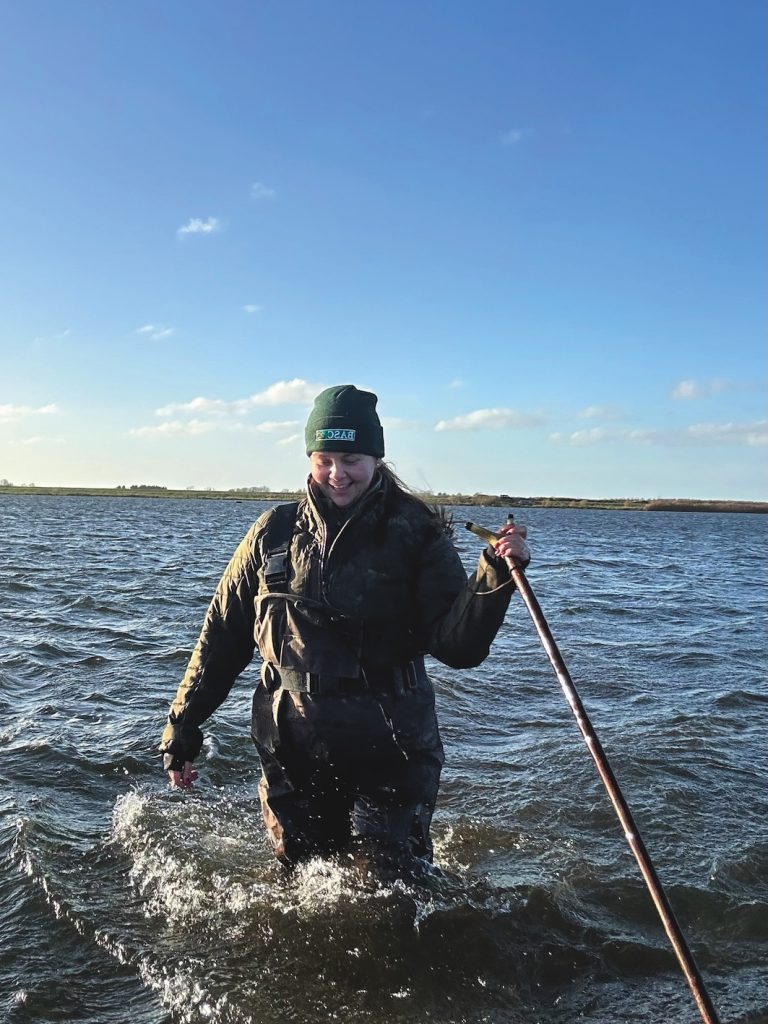Win CENS ProFlex DX5 earplugs worth £1,149 – enter here
Rat poison resistance – what can you do on your shoot?
 BAGDN9 Brown rat climbing barn door
BAGDN9 Brown rat climbing barn door
I have suspected it for a while, but confirmation popped into the inbox the other day. Four rat-tail tips that I had sent to the Animal and Plant Health Agency (APHA) for genetic screening came back positive for second-generation anticoagulant resistance.
Rat poison resistance
From here on in, the two most used rat poisons, bromadiolone and difenacoum, will be as good as useless on my shoot. If we were daft enough to use them, we would simply be risking sending the chemicals up the food chain to the likes of our barn owls, kestrels and red kites, while having no significant impact on rats who have developed rat poison resistance.

Rat poison
So where do we go from here? Clearly, rat control is essential on any shoot, so giving up is not an option. This applies especially on a small wild bird shoot like mine, where I have the added risk of rats killing nesting hens and taking eggs. With all this in mind, I have always striven to minimise anticoagulant use and keep rat numbers to a minimum, using all the other means at my disposal, but more of that later.
As far as poison baits are concerned, there is still an anticoagulant option, if with a rather restricted application, and there is a new active substance on the horizon, too. Until comparatively recently, the anticoagulants brodifacoum, flocoumafen and difethialone have been available for indoor use only.
While they are not allowed for the sort of ‘open area’ application around gamebird feeding stations that is the main gamekeeping use, the rules were changed a few years ago so that, depending on the product label, they can be used outdoors around buildings to help control infestations in the buildings themselves.
Since there is no resistance to these products, I should now find it easier to keep the rats down around the main farm and its houses, helping to prevent them from moving out on to the shoot.
There is a new poison option on its way called cholecalciferol. This is vitamin D3 and, like many vitamins, a serious overdose can be highly toxic, badly upsetting the calcium balance of the body and causing all sorts of problems, including kidney failure.
At least one manufacturer promises that a formulation for open-area use is coming soon and there is the prospect of less non-target risk in terms of secondary poisoning, because of quick breakdown. Also, the levels taken in when scavenging a rat are likely to be small.
Those with long memories will remember that calciferol was used as a rat poison some decades ago and that there were problems with bait shyness from animals that had taken a sub-lethal dose, recovered and then refused to take more.
This was with a different form of calciferol and we are assured that there is much less risk with the new version. That said, we will need to be scrupulous in following the label direction to remove all other food sources before use, to ensure that rats do take a lethal dose at the first feed.
The new generation of humane traps, such as the DOC, are ideally suited to catching rats
Hopper design
All this talk of poisons is putting the cart before the horse. The key is to prevent the problem in the first place, rather than be forced to deal with the rats when they get into the ascendancy. If, like me, you use feed hoppers, try to use a design that makes it hard for rats to scavenge.
My own tin drums, with slots in the base and hung up where rats cannot reach the feeding slots, mean that a rat hole near a feeder is now a rarity. However, I accept that these only really work for relatively low densities of pheasants and partridges, and may not make sense on bigger shoots. Even so, swapping to this approach through the hungry gap after the shooting season could well help suppress the rats come the breeding season.
If you scatter feed, try to do so only in daylight, so there is no grub lying around at night when the rats come out from their siesta. Also, whatever the method, try always to feed away from likely rat harbourage. If you have a cover crop alongside a hedge or ditch, feed the outside edge, where the rats need to go further. Take the trouble to move your feeders a few yards each time you fill them. Being creatures of habit, rats will take quite a while to relocate them, but your birds will do so straight away.
Providing our birds with food from cover crops is a great idea in theory, but it’s hard to legislate for who will eat it. Maize is especially at issue here and it’s my opinion that the amount used by gamebirds is often remarkably small, not least because the cobs are up out of their reach, but where the rats can easily climb.
These days I almost always recommend using a late-cobbing variety. These are often described as cobless in the catalogues, because they rarely set viable cobs in our climate and they have the added advantage of stronger stems, so offer better late-winter cover for pheasants and redlegs.

The quality of night vision and thermal imaging makes rat control an easier proposition
Humane
Another part of my rat strategy to deal with rat poison resistance will be more trapping. With a new generation of highly humane traps in the form of the Perdix, New Zealand Department of Conservation (DOC) and Tully, I am much happier that there will be virtually no miscaught animals to be seen by passers-by. Indeed, the ones whose tails started all this were all very dead in the trap. Most of us could think of plenty of places where we could trap quite unobtrusively, but do not at present. (For more information on traps for pest control read here.)
There have been huge improvements in night vision and thermal imaging over the past decade, so with no need for lights, shooting rats at night with an air rifle has huge potential to help. And lastly, we should not forget gassing. Use of aluminium phosphide tablets in rat holes is specialist stuff and you must have proper training, but it can be helpful, especially where there are late-winter build-ups at feeding sites.
For me, this news of rat poison resistance in my own parish has brought dealing with rats on the shoot into sharp focus. But the truth is too many of us have been a bit too complacent for too long. Gamekeepers have shown their mettle by embracing the need for training and rodenticide stewardship in a very big way, but we still need to go further and put what we know into better practice.
Related Articles
Get the latest news delivered direct to your door
Subscribe to Shooting Times & Country
Discover the ultimate companion for field sports enthusiasts with Shooting Times & Country Magazine, the UK’s leading weekly publication that has been at the forefront of shooting culture since 1882. Subscribers gain access to expert tips, comprehensive gear reviews, seasonal advice and a vibrant community of like-minded shooters.
Save on shop price when you subscribe with weekly issues featuring in-depth articles on gundog training, exclusive member offers and access to the digital back issue library. A Shooting Times & Country subscription is more than a magazine, don’t just read about the countryside; immerse yourself in its most authoritative and engaging publication.







